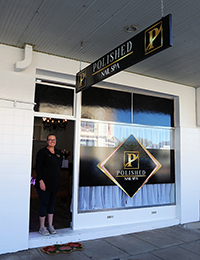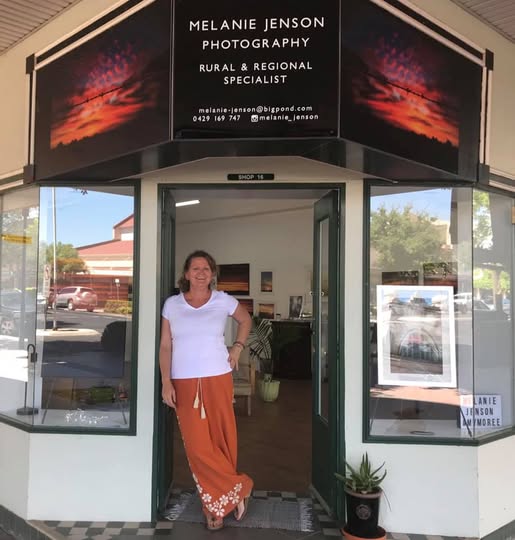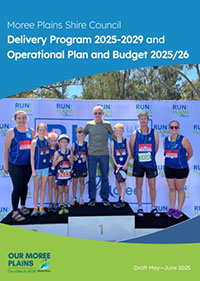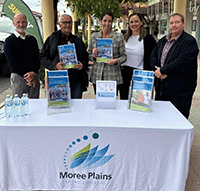About Moree Plains (the area)
Moree Plains Shire is located 640km northwest of Sydney and 473km southwest of Brisbane. The Mehi, Gwydir, Barwon and Macintyre Rivers flow through the Shire and the bore water of the Great Artesian Basin is a major tourist attraction and community asset. It is home to a dynamic and progressive community, boasting strong agricultural industries in cotton, grain, oilseeds and livestock.
The Shire covers an area of approximately 17,930km2 and, according to 2016 Census data, has a population of 13,159.
The Shire’s Indigenous residents make up approximately 21.6% of the total population. The Indigenous people of the area belong to the second largest Aboriginal nation on the eastern coast of Australia, the Kamilaroi people.
Moree, with a population of 9,311, is Moree Plains Shire’s largest centre. Other villages in the Shire include Ashley, Biniguy, Boggabilla, Boomi, Bullarah, Garah, Gurley, Mungindi, Pallamallawa, Terry Hie Hie and Weemelah. Aboriginal communities managed by Local Aboriginal Land Councils are located at Toomelah, near Boggabilla, and at Mehi Crescent and Stanley Village in Moree.
The plains are a great place to live, work, play and raise children. The climate of the Shire is temperate, with average temperatures of 4˚C–19˚C in winter and 18˚C–33˚C in summer. The annual average rainfall is 585mm and humidity is generally quite low, varying from 47% (at 3pm) in June to 30% (at 3pm) in November and December.
In contrast to much of inland Australia, Moree Plains Shire has an abundant water supply. The area overlies a portion of the Great Artesian Basin and has access to extensive artesian and sub-artesian underground water resources. Surface water, flowing from the tableland region of northern New South Wales into the extensive inland river system crossing the plains, is also in good supply.
As it is throughout the black soil plains, agriculture is the main industry in Moree Plains Shire. In fact, with a Gross Regional Product of more than $750 million, Moree Plains Shire is one of the most agriculturally productive local government areas in Australia. Large scale cereal crops and cotton provide export industries for the region, while sheep, cattle, oil seeds, olives and pecan nuts contribute significantly to the local and national economy. The Shire is also home to extensive manufacturing and support industries, and to well-developed artistic, cultural, educational, sporting, recreational and social opportunities.
The primary transport routes are the Newell Highway, which connects Victoria with Queensland, and the Gwydir Highway, which connects the east coast with western New South Wales.






